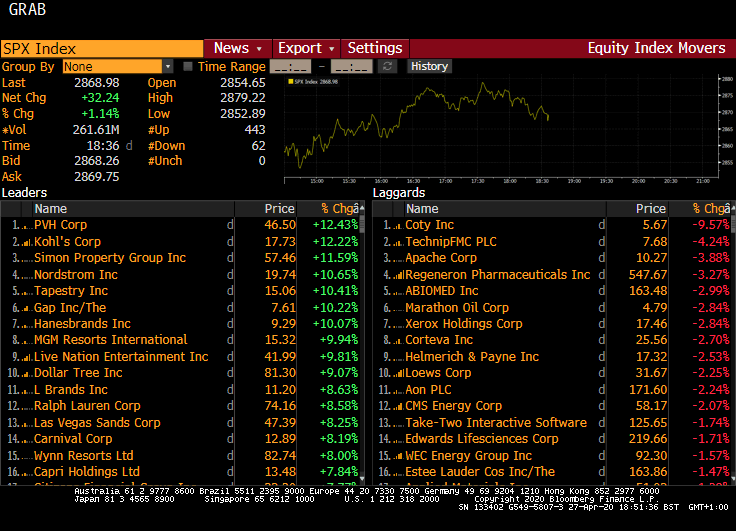Consumer Better than Feared? Earnings Revisions Bottoming
Thanks to a subscriber for this report from Morgan Stanley which may be of interest. Here is a section:
Here is a link to the full report and here is a section from it:
The consumer is holding up for good reason. With an additional $600 a week in unemployment benefits, on top of the $1200 sent to 90% of the population, many people are making more money than if they were working.
For example, this article from the financial samurai blog lists the lowest unemployment benefit available in the USA is $3340 in Mississippi, while the highest is in Massachusetts at $5892. The median annual income is $31,099 per annum or $2591 a month.
Therefore, all unemployed people today are earning more than half of what the population did before the lockdowns. Since many of the people who have been laid off are in the lower-paid personal services, hospitality and leisure sectors, they have a clear incentive to remain unemployed until at least July 15th, when the CARES Act expires.
As economies open back up, we will then see how deep the real jobs cuts are. Considering the fact 2020 is still an election year, there is clear potential the benefits will be extended. The clear risk is higher wages will be demanded to encourage people back to work, and that clearly favours larger companies with wide margins.

Some rotation appears to be underway in the wider market. Some of the biggest decliners of the last few months led on the upside today while the five mega-cap technology stocks are susceptible to some profit taking.


